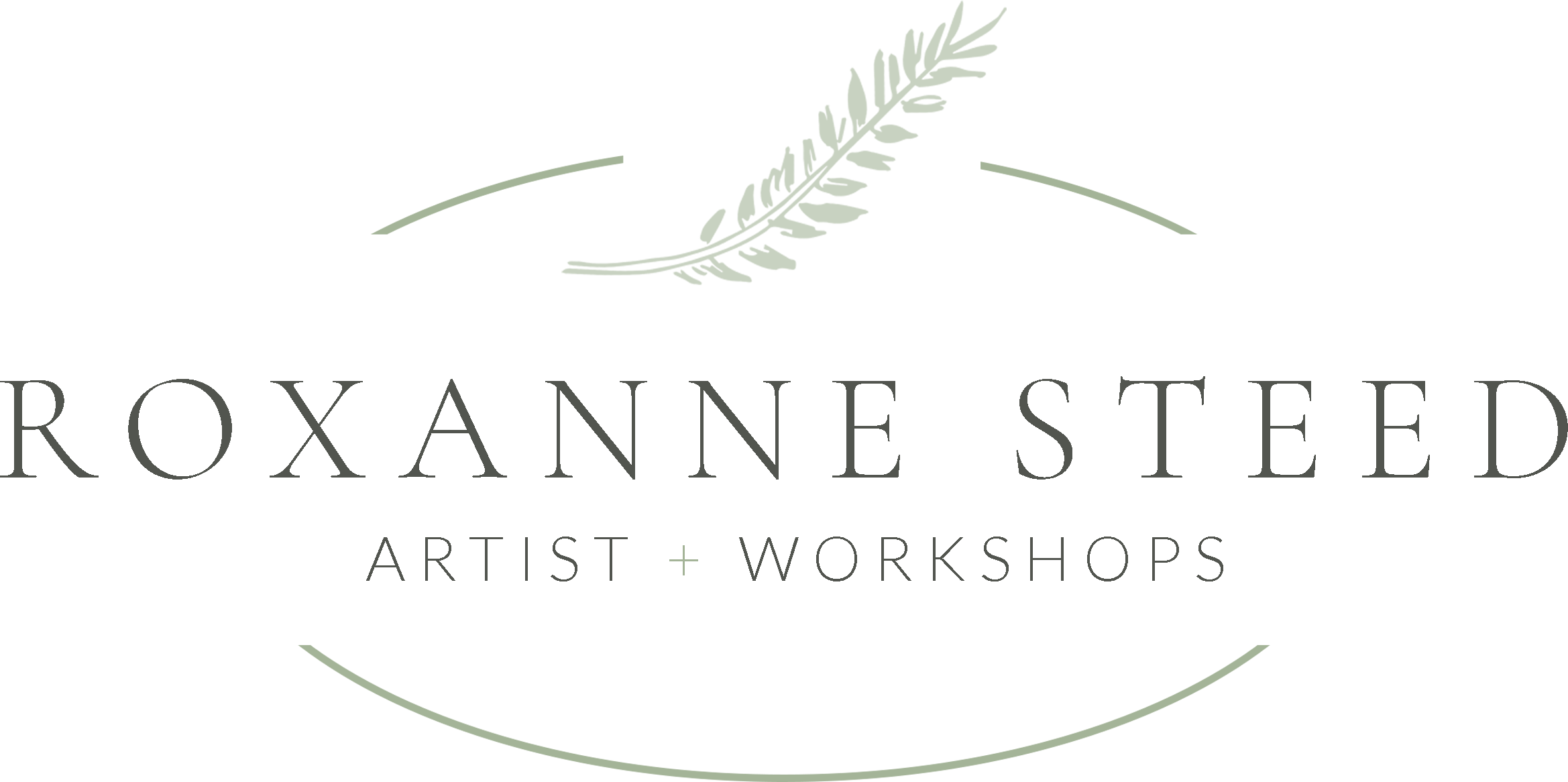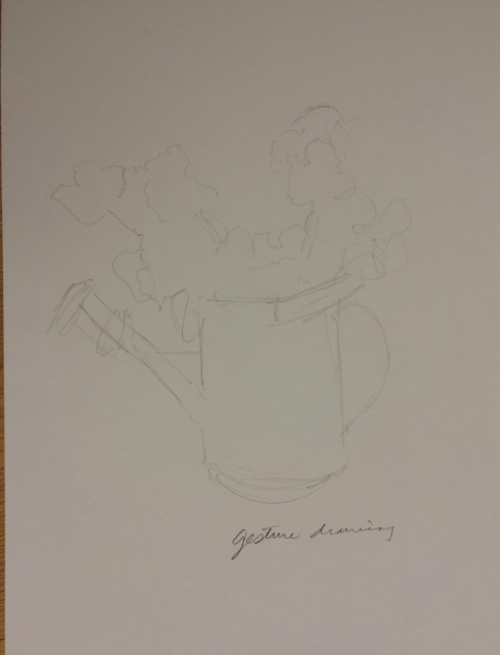Wait, What's This About Going Blind?
Oh my goodness, the thought of this is downright scary! And just to warn you, it's not my own eyes, it's a drawing practice I introduced to my classes last week, "Blind-contour drawing". Followed up by "modified contour drawing", gesture drawing, and constructed drawing.
Blind contour drawing is placing your pencil on the paper, and continuing to look at the object you're drawing, but NOT your paper. Don't look back at your paper, but continue to let your eyes move along the contour of the object you're drawing. It's an exercise in 'looking/seeing'. You slow down and really concentrate on those outer edges.
One of my students asked, "and what do we learn by doing this?".....good question, because usually the drawings look a bit wonky. But in slowing down and really following that edge, we are training our eyes to see and follow an edge, and even though when we first put this to practice (or are not in the habit of doing this), the drawings are indeed a bit wonky. But even in the 'wonky' and off-kilter, there are some real truths that come shining through. You really DO tend to capture distinct shapes. And of course the more you practice this, the better it gets.
Next we practiced 'modified contour' drawing, where you DO look at your paper from time to time, but still taking the slow task of letting your eyes carefully follow that outer edge of the object you're drawing. Here you have a better chance of getting closer accuracy of those outer edges.
Nest we practiced gesture drawing, where you are getting a 'simplified view' with the least amount of mark making, usually done quite quickly, definitely a 'sketch' rather than a measured out drawing. By this point, most everyone has gotten a 'feel for the subject' so the accuracy is increasing somewhat.
Then we compared this to what I call constructed or measured drawing. Here, you are slowing down to measure for accuracy comparing all parts to other parts. For example, compare the visual distance across the can compared to the length of the spout. Compare the height of the watering can to the height of the flowers from the top of the can.
Following this we continued with direct watercolor sketching of this same batch of geraniums. This is where you are going straight in with the brush, no pencil or ink drawing beforehand (perhaps on complicated scenes a rough/light mapping out of the large shapes).
Of all the sketching that I've done over the last five years (before my self-imposed 15 year break from watercolors) this feels the most natural and enjoyable way for me to paint. I usually begin with a very rough/light pencil indication of where major objects will be placed on the page and go from there. Simple subjects like this though are great fun to just go right in with a brush. They are quick and fresh, I love this medium! As a 'recovering perfectionist' I've been learning to NOT get so hung up over the little imperfections (or big ones either for that matter).
Now, I've recently found a "30 day challenge" for doing direct watercolor, started by Marc Taro Holmes, called 30x30DirectWatercolor2018, where we post one of these each day. I'm in! I think this technique really suits the way I like to work, so I think this challenge will be quite fun! Hope you'll follow along, and if you're a painter, give it a try yourself!




